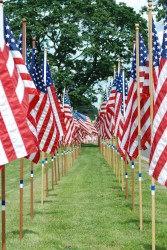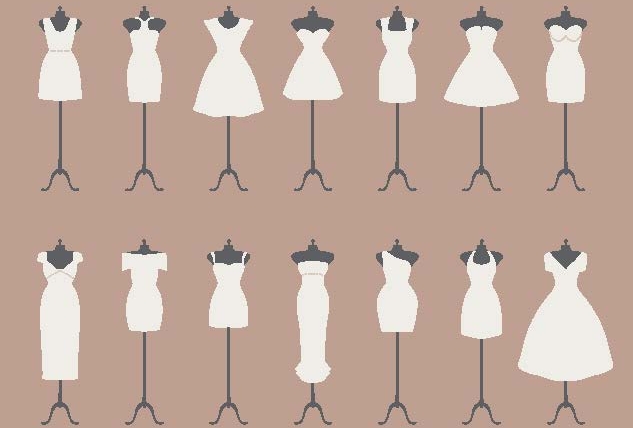With 4th of July around the corner, we’re cleaning a lot of American Flags for FREE so they can be proudly displayed on the anniversary of America’s Independence from Britain.
Our General Manager and Partner, Steve Arnold, is a huge history buff. While talking with him the other day, he shared with us how to handle the American flag, when to fly it, and when it should no longer be displayed. But we had some questions he didn’t know the answer to like, “When should you fly the flag at half-staff”?
So, we did some research and want to share what we found. Here’s the protocol for handling, flying and disposing of an American flag. The following all come from the Federal Flag Code which was enacted on December 22, 1942 after President Franklin D. Roosevelt signed it on June 22, 1942.
- The American flag should never be flown if it’s in disrepair: Torn, faded or tattered.
- The flag should not touch the ground. If it does, you should quickly lift it off the ground and clean it with mild soap if it gets dirty from touching the ground.
- The flag should be flown to the left of your door as you face house with the stars at the top.
- The flag should not be flown after sundown unless there is a direct light on the flag or sufficient local lighting to make the flag visible at night.
- When mounting the flag flat on the wall, you cannot restrict the flag from flying freely, therefor you can only tack down the top two corners.
- A flag with less than 50 stars is still considered an official United States living flag and can be flown today.
- Companies and individuals cannot place any kind of marking on the flag for commercial, political or other purposes. Using the flag in any form of advertising is prohibited.
- Publicly mutilating, trampling, defacing, defiling, defying or casting contempt, either by words or by act, upon the flag is outlawed however The Flag Code has no provision for enforcement. No fines, no penalties. There is nothing law enforcement can do when the Flag Code is broken.
- The flag should only be flown at half-staff if authorized by the President upon the death of a present or former official of the government of the state, or the death of a member of the Armed Forces from that state who dies while serving on active duty. A governor is authorized to half-staff the US flag if flown half staff to honor fallen soldiers from their state. (If everyone were to half-staff the US flag at will, the symbolic value of that honor would be lost).
- The flag should be flown at half-staff on the following days:
– May 15— Peace Officers Memorial Day: half-staff from sunrise to sunset
– Last Monday in May— Memorial Day: the flag should be displayed at half-staff until noon
– September 11— Patriot Day: half-staff from sunrise to sunset
– Sunday, usually of week in which October 9th falls — Fire Prevention Week: half-staff from sunrise to sunset.
– December 7 — National Pearl Harbor Remembrance Day: half-staff from sunrise to sunset - The flag is never flown at half-staff on the moon.
- A person who has never served in the military but was patriotic in life CAN have a flag drape his/her coffin. The family would need to purchase the flag and it’s recommended that it be explained during the service that the flag is draping the coffin as an expression of the deceased’s patriotism and love of country.
- You should never throw a flag away in the trash can. When the flag is no longer in the proper condition to be a fitting emblem for display, it should be destroyed in a dignified way – preferably by burning. But only if the flag is made of cotton or wool. Some of the newer flags, if burned release toxic gases. Nylon and flags made from other synthetics can be buried. You can contact your local VFW, Elks Lodge or Boy Scout/Girl Scout troop for assistance in burning the flag correctly.
Do you know of any “rules” we missed? Let us know!
We wish you a safe and fun 4th of July!
-S.O.



